Welcome to my blog!
Every morning, I begin with a cup of coffee and 15 minutes of free thinking. I write down everything that comes to mind, from new ideas to thoughts that emerged overnight. This is where I develop and refine my new research. You'll find some repetition and ideas still in progress. Some might seem unusual or unclear at first, but that's part of the journey! I'm excited to share how my ideas form and evolve.
Beyond the Binary: Understanding Sex Through Intersectionality
Exploring how intersectionality challenges the concept of sex as a binary or spectrum and invites us to view it through a pluralistic manifold.
Intersectionality tells us not to think in one-dimensional spectrums, but in pluralistic manifolds. Should sex in humans be understood as a binary or as a spectrum? I want to answer neither. That it isn’t a binary is becoming clear and well-established by now. I’ve blogged about this, about how sex is a social construct in which a society adopts norms that fit in a conceptual dichotomy, that generates expectations about roles in society, and that pressures science to establish in a “natural” way. My question, rather, is whether sex falls on a spectrum.
I’m interested in noticing that concerns about intersectionality motivate a more general characterisation. Why? Because a spectrum is one-dimensional, with a range of values that fall in between two opposites. With sex, I take it that male and female are the two opposite ends of the spectrum, but that other values fall in between. What we learn from intersectionality is the shortcomings of one-dimensional thinking. A Black woman and a white man have at least two dimensions of opposition, along the sex axis and along the race axis. If we fully isolate the two axes of oppression, we create new subgroups that remain equally oppressed, if not more so, such as Black women.
Intersectionality invites us instead to think along a pluralistic manifold. To simplify the illustration, take a two-dimensional manifold that includes sex and race. On that plane, people can fall anywhere, so that a white and a Black woman fall in two different regions of the plane. Now, since sex is a social construct, what we then need to realise is that it isn’t a one-dimensional social construct. Society’s expectations, prejudice, and oppression towards Black and white women aren’t the same. Intersectionality tells us that we can’t eliminate race categorisation from sex, so that sex isn’t distributed on a spectrum, but on a plane.
This is the simplistic two-dimensional illustration, but in reality there are several dimensions (sex, race, sexuality, class, etc.) that generate not dualistic distributions over a spectrum, but pluralistic distributions over manifolds.
In this post, I explore how epistemic structures, akin to Kuhn's scientific paradigms, can become oppressive logical monsters. These structures, passed down through generations, resist change and contribute to systemic injustice. Can seeking coherence in dialectical enquiry offer a path to overcoming cultural incommensurability and fostering better communication across paradigms? Is a Kuhnian analysis the right approach to understand epistemic oppression?
Today I’m working again inspired by the work of Fricker, Dotson, Mills, and Young, trying to articulate a coherent and plausible way of thinking about how logic contributes to epistemic injustice. The pattern is that epistemic structures emerge within communities, are passed down from generation to generation, mutating over time, and acquiring inertia that makes them resistant to change.
I’ve been focusing on these papers recently because these are the papers I’m reading with my stage II and III epistemology students. One student suggested understanding what I call logical monsters (which I’ve called theoretical monsters and oppressive structural monsters in previous posts; I still don’t know what to call them) in terms of Kuhn’s idea of scientific paradigms. Paradigms are also theoretical structures that emerge from the praxis of scientific paradigms (I hope Kuhn wouldn’t mind me saying that), become dominant and the standards of “normal science,” until a revolution happens (like the one generated by Einstein at the start of the Twentieth Century).
One feature of Kuhn’s paradigm is that they are mostly closed entities that incorporate both theory and practice, and a revolution from a paradigm to another is not a mere transition, but indeed a revolution, producing new theories whose concepts are incommensurable with the corresponding concepts of the previous paradigms. An example used a lot in this literature is that of mass, which Einstein re-defined in his theory in ways that are incommensurable (i.e., logically incompatible) with the concept of mass defined by Newton. Incommensurability makes communication across paradigms impossible because the clash between the concepts produces incoherence, which in this literature is measured by inconsistency.
So the story is one of successive paradigms that grow out of a revolution until they become normalized until a new revolution happens that replaces them with yet new paradigms that are logically incompatible with previous ones. Now circling back to logical monsters (or epistemic structures), an issue that arises from applying a Kuhnian analysis is that it leads to something like “cultural incommensurability,” where the resistance to change (called inertia by Dotson) is the normalization of epistemic tools that could only be changed by a revolution that would construct a new paradigm incommensurable with the previous ones.
What I find unappealing in this picture is that it invites us towards cultural relativism, which I’m trying to counter by proposing that seeking coherence in dialectical enquiry can facilitate communication across cultures. I’m not getting much of a resolution here, but it’s the point of these daily blog posts, to spend time trying to articulate new ideas, and apply logic as I suggest in Logic in the Wild, in the neutral space of dialectical enquiry…
References:
Dotson, Kristie. “Conceptualizing Epistemic Oppression.” Social Epistemology 28, no. 2 (April 3, 2014): 115–38.
Mills, Charles W. "White Ignorance." In Race and Epistemologies of Ignorance, edited by Shannon Sullivan and Nancy Tuana, Chapter 1. Albany: State University of New York Press, 2007.
Young, Iris Marion. "CHAPTER 2. Five Faces of Oppression." In Justice and the Politics of Difference, 39-65. Princeton: Princeton University Press, 2012.
Kuhn, Thomas S. (Thomas Samuel), and Ian. Hacking. The Structure of Scientific Revolutions. Fourth edition. Chicago ; The University of Chicago Press, 2012.
The Emergence of Oppressive Structural Monsters
Short description: This post explores the concept of "emerging structural oppression," examining how power structures evolve and perpetuate systemic and epistemic oppression, with a focus on the role of logic in reinforcing these injustices.
Yesterday I talked about “the social construct of a theoretical monster that is based in a logic that reinforces its inertia and its resistance to change”. I know what I mean by that, but it’s quite a mouthful. Let me try again, in terms of “emerging structural oppression”. The idea is that power structures within a community and society evolve over time, dividing a population into those favoured by the structure, and those oppressed by it.
In a more traditional Marxist analysis of dialectical history, the structures come to be formed by the distribution of goods, resources, and means of production. In a thicker understanding, inspired for instance by the recent work of Iris Marion Young, the structure can arise from non-material power structures, such as systemic marginalisation or cultural imperialism. It’s this thicker sense of oppression that concerns me here because I’m targeting logical injustice in the community.
The historical aspect of the power structure is still very much relevant, however, as per Kristie Dotson’s understanding of irreducible epistemic oppression, or Charles W. Mills’s on white ignorance. I take an important lesson from Mills on white ignorance: systemic ignorance, based on collective (selective) memory and amnesia, evolves as epistemic systems that align with the upper side of a power structure. These epistemic systems become the norm in a society, the things that are taught in schools, that function in institutions such as courts of law, councils, and governments, and that people come to believe collectively.
Such epistemic systems include false beliefs or lack of knowledge (i.e., ignored information) that is passed on from generation to generation, acquiring inertia (as per Kristie Dotson’s analysis) that generates epistemic oppression on top of material oppression. I believe the epistemic oppression that emerges in those power structures survives the change in material oppression, so that a social revolution of the Marxist kind, for instance, can leave the epistemic power structures intact.
Well, that’s still very abstract, I’m afraid! But I’m in the process of developing and articulating this idea to make it relevant to understanding the social role of logic in epistemic oppression. To be followed.
References:
Dotson, Kristie. “Conceptualizing Epistemic Oppression.” Social Epistemology 28, no. 2 (April 3, 2014): 115–38.
Mills, Charles W. "White Ignorance." In Race and Epistemologies of Ignorance, edited by Shannon Sullivan and Nancy Tuana, Chapter 1. Albany: State University of New York Press, 2007.
Young, Iris Marion. "CHAPTER 2. Five Faces of Oppression." In Justice and the Politics of Difference, 39-65. Princeton: Princeton University Press, 2012.
Epistemic Oppression, White Ignorance, and Systemic Logical Injustice
his post explores how logic can be systemically oppressive, drawing on the works of Fricker, Dotson, and Mills to examine the intersection of epistemic injustice, white ignorance, and the inertia of dominant epistemic systems.
I read the piece "White Ignorance" by Charles W. Mills this week with my students in a course on epistemology. We first read Miranda Fricker on epistemic injustice, then Kristie Dotson on epistemic oppression, and I’ve come to make more precise a feeling I’ve had about social injustice but couldn’t really put my finger on it. This is not a novel idea, but I think I’m in a better place now to articulate it and relate it to logic's role in the community. Can logic be systemically oppressive? I’m afraid so, yes.
Let’s take the papers in order. Fricker describes epistemic injustice with two types, testimonial injustice and hermeneutical injustice. Testimonial injustice is her primary instance of epistemic injustice, which is to wrong someone in their capacity as a knower. Hermeneutical injustice is when people or communities aren’t allowed to communicate how they make sense of the world; they are wronged in their capacity as understanders.
Dotson asked whether epistemic and hermeneutical injustice are reducible to social injustice. Testimonial injustice, after all, comes from a credibility deficit based on prejudice, which is pervasive in society, especially in groups that are systematically oppressed (like African Americans, to highlight an example). Dotson argues that testimonial injustice is reducible because nothing about the epistemic systems needs to change for rehabilitation. What needs to change is how society oppresses groups of people, not what epistemological tools are available.
As a case of hermeneutical injustice, Fricker describes how women had no epistemic tools to defend themselves in their work environment until they created the concept of “sexual harassment.” Once the concept became available and used widely, women were able to make sense of their individual experiences by sharing them with other women who experienced the same abuse but didn’t have a way to make it known. Dotson argues that this is similarly a type of reducible injustice because epistemic systems do not need to change for rehabilitation. What needs to happen is an expansion of the set of epistemic tools available. With the new concept established, social justice can be better described and addressed, but the epistemic system as such doesn’t change.
For Dotson, irreducible epistemic injustice occurs when the epistemic tools fail people in their capacity as knowers in a way that can’t be reduced to prejudice or addressed with an expansion of conceptual tools. The epistemic tools need to be revised. The system as a whole fails to allow a place to express coherent views, and more importantly, what fails is the inertia of the system, the resistance to change. What Dotson highlights here are the systemic patterns of epistemic oppression, something Fricker had included in her analysis.
Now, moving to Mills and "White Ignorance," we have a case of epistemic injustice which isn’t so much about the repression of knowledge from a marginalised group (which of course happens, as per Fricker and Dotson), but the preservation and replication of ignorance about the lives and experiences of the marginalised group. It’s a systemic pattern of ignorance in which a community or society fails to rectify what is believed and taught by people, from generation to generation. The way I want to express it is that society acquires theoretical monsters infested by errors, that ignore and erase important facts, and that become the dominant shared epistemic system passed on from generation to generation. Part of that theoretical monster is a way of articulating coherence, with deep conceptualisation that resists the logical articulation of alternative views, beliefs, and norms.
What we’re getting is the social construct of a theoretical monster that is supported by a logic that sustains its inertia and resistance to change. Well, that’s how I can articulate it to myself at the moment, and I’m also planning to develop this further in the next stage of my research.
References:
Fricker, Miranda. *Epistemic Injustice*. Oxford University Press, 2007.
Dotson, Kristie. “Conceptualizing Epistemic Oppression.” *Social Epistemology* 28, no. 2 (April 3, 2014): 115–38.
Mills, Charles W. "White Ignorance." In *Race and Epistemologies of Ignorance*, edited by Shannon Sullivan and Nancy Tuana, Chapter 1. Albany: State University of New York Press, 2007.
The Complexity of Racism Accusations: A Reflective Analysis
This post discusses the nuanced question of whether accusations of racism can themselves be racially motivated, especially in light of recent criticisms by NZ political leaders against designated spaces for Māori and Pacifica students.
Is it possible to be racist by accusing someone else of being racist? As I’ve said in yesterday’s post, one needs to avoid the tu quoque fallacy (the “you too” fallacy). This logical pitfall involves dismissing someone’s critique by pointing out their own shortcomings in the same area. Imagine someone telling you to consider reducing your sugar consumption due to heart health concerns, only to retort with a mention of the accuser's past heart issues. This response, though perhaps momentarily satisfying, is a classic example of the tu quoque fallacy, as their health does not negate the potential risks to yours.
Applying this logic to racism, consider the scenario where one's prejudiced remark is met with an accusation of racism, only to counter by highlighting the accuser's past insensitive joke. Both instances can indeed be racist; the issue at hand is whether such accusations can be inherently racist.
My contemplation is stirred by the allegations from New Zealand's political figures, Winston Peters and David Seymour, against the provision of spaces designated for Māori and Pacifica individuals at The University of Auckland. They equate this to segregation, with Peters taking a further demagogical step into contentious territory by comparing it to the KKK. This comparison is not only inflammatory but reveals a deeper misunderstanding of the intention behind these spaces.
These spaces are not borne out of a desire to segregate but from a commitment to foster community and belonging among students who experience marginalization within the educational system. This approach extends beyond Māori and Pacifica students; universities globally allocate spaces for various groups to enrich the learning experience and foster inclusivity. Even if we agree that excluding people other than Māori and Pacifica can be explained in terms of the folk notions of race (I don’t believe this is true, but I’m making a logical point), I claim that reducing the action to one that is motivated by race is racist. Indeed, while the Māori and Pacifica designated spaces may overlap with these folk notions of race, it's erroneous to conclude that their establishment is rooted in racial exclusion. Rather, they are motivated by the goal of creating a supportive environment that acknowledges and addresses the unique challenges these groups face.
To insinuate that these efforts are akin to segregation or racism is, in itself, a racist act. It overlooks the genuine aim of creating a supportive environment for students to thrive academically and socially. The critical distinction lies in the motivation behind these actions—one aims to uplift and support, while the other seeks to divide and exclude.
The accusation of racism by Peters and Seymour, therefore, is not just misguided; it is a reflection of racism itself. It is troubling that such perspectives gain traction in public discourse, highlighting the need for a deeper understanding of racism, its implications, and the importance of genuinely inclusive educational practices.
This dialogue is not an instance of the tu quoque fallacy but a necessary confrontation of racism in all its forms. The goal is to cultivate an academic environment where all students, irrespective of their background, feel valued and supported—a mission that transcends mere accusations and seeks to address the root causes of discrimination and exclusion.
The Struggle of Intersectional Logic: Top-Down vs. Bottom-Up Approaches
This post explores the challenges and potential solutions in addressing intersectional oppression through the lens of top-down and bottom-up logical approaches, inspired by the limitations of ceteris paribus logic in social contexts.
In a previous blog, I highlighted the pitfalls of employing ceteris paribus logic within social contexts. This type of logic, though prevalent in scientific inquiry for isolating variables, falters in social analysis by its very nature of holding factors constant, inadvertently obscuring the multifaceted oppression experienced by marginalized groups.
The dilemma emerges starkly when we consider isolated variables separately—gender and race, for instance. At first glance, in a given context, it may appear that women, as a broad category, do not face oppression in comparison to men, and similarly, people of colour might not seem oppressed when compared to their white counterparts. However, this perspective fails to illuminate the unique struggles of women of colour, who endure oppression at the intersection of both race and gender—a reality that remains hidden under the ceteris paribus approach.
This brings us to an important realization: in the realm of social sciences, there are no universal generalizations. Nancy Cartwright's analysis underscores that generalizations in science, at best, are ceteris paribus—yet even these are inadequate, as they erase the experiences of intersectionally marginalized groups.
So, what path should we tread? One strategy involves subdividing our categories further to acknowledge and compare subgroups, such as women of colour, against others. This method, however, quickly becomes unwieldy due to the sheer number of potential comparisons—growing exponentially with each additional variable considered, thereby multiplying the complexity of addressing each axis of oppression.
An alternate approach seeks broader variables that capture patterns of oppression transcending specific axes, such as gender or race. Here, the work of Val Plumwood offers a beacon of hope. Plumwood's analysis of dualities through conditions like backgrounding and maximal separation aims at a holistic understanding of oppression's patterns, beyond the binary oppositions like master/slave, man/woman, or human/nature.
Yet, this quest for a generalized understanding of oppression confronts its own set of challenges. Achieving a non-trivial consensus that respects the nuances of critical theories—including feminism, queer theory, and gender studies—risks ending in overly simplistic solutions that scarcely address the complexity of intersectional oppression.
The predicament is both difficult and uncomfortable: segmenting into narrower groups risks fragmenting potential alliances, while seeking unity can lead to a superficial grasp of the issues at hand. This delicate balancing act between division and unity underscores the ongoing struggle to find meaningful ways to confront and dismantle intersectional oppression, fostering a dialogue that acknowledges the full spectrum of human experience.
Sex and Planets: Social Constructs in Science
Highlighting the realization that societal pressures can lead science to alter its definitions, this post ventures into the intricate relationship between biology, astronomy, and the social constructs of sex and planetary classification.
What might it mean to say that sex is a social construct? I've recently come to realise how we can understand the male/female distinction in humans as a social construct. Here's an attempt at explaining it. In biology, a definition of sex that applies across the animal kingdom is based on the production of gametes: males produce sperm, and females produce eggs. This seems to be the most stable definition, because reproductive organs and chromosomes exhibit too much variety, both within and across species, to serve as a reliable basis. Gametes, however, seem to capture the dichotomy required for reproduction. It doesn't matter what the reproductive organs look like or their organisation, nor does it matter which chromosomal configurations are at play. When individuals manage to combine sperm and egg, each is fulfilling their biological sexual role towards reproduction. Thus, there is a plausible biological definition of sex.
When I say that the male/female distinction in humans is a social construct, I'm not denying that there is a biological distinction. What I question is whether the biological definition in terms of gametes is what underpins the distinction operative in human society. In human society, the distinction often boils down to the "eye-ball test," which is the inspection of genitals at birth by doctors. The issue is that there isn’t a neat match between what doctors observe in newborn babies and the production of gametes. A significant amount of conceptual work and mental gymnastics are required for the eye-ball test to reliably match the biological definition. Consider a human who never produces gametes in their life, perhaps because they die before reaching puberty or for some reason, it just never happens in their bodies. What if the gametes someone produces don't correspond to the visible organs at birth? Questions like these need answers, and because there are billions of us, millions of cases simply fail to fit the biological definition. The social construction then occurs in insisting that there's a biological distinction in humans between male and female that matches the eye-ball test. It's a social obsession with finding reasons to preserve a dichotomous distinction claimed to be based in science but actually matches social categories.
Sex is not the only domain where science is pressured by society to provide a definition that matches social expectations. In Logic in the Wild, I discuss the demotion of Pluto as a planet in 2006. The International Astronomical Union (IAU) brought the definition of a planet to its members and voted on a new definition: “A planet is a celestial body that (a) is in orbit around the Sun, (b) has sufficient mass for its self-gravity to overcome rigid body forces so that it assumes a hydrostatic equilibrium (nearly round) shape, and (c) has cleared the neighborhood around its orbit.” This new definition of a planet resulted from a vote! The reasons leading the association to vote for the new definition included the discovery of several objects in the Kuiper belt very much like Pluto, which would dramatically increase the number of planets in the Solar System, becoming a tedious exercise in categorising and naming all those objects. Instead of increasing the number of planets from 9 to hundreds or thousands, the society voted to demote Pluto and retain a manageable number of planets. If anything is a social construct in science, the definition of a planet is a prime example. Unlike individuals, however, Pluto isn't affected in any way by whether we call it a planet or not, and the scientific interest in it, its composition, and sending probes to it are not affected by how we name it. Trans people, however, are significantly affected by the social pressure to enforce a biological definition that captures a distinction fitting social patterns and legal requirements, allowing doctors to assign sex to babies with the eye-ball test. To say that sex is a social construct isn't to deny that there's a biological definition of the male/female distinction but to highlight that the definition doesn't fit with social expectations. Reinforcing the eye-ball test as the measure of sex is what creates social oppression, for social pressures to match social patterns, as a social construct.
Terrain of Oppression: Exposing Layers of Injustice
This post explores the intricate dimensions of oppression, underscoring the necessity of a multifaceted approach to ignite insightful discussions and drive forward initiatives for social justice.
To grasp the patterns of oppression, one must analyze society by dividing it into subgroups. This division can follow various conceptual frameworks. For instance, dividing by countries allows us to identify which nations wield greater power. In the 20th century, the United States emerged as a dominant force, wielding economic, military, and cultural influence. This power dynamic has led to oppressive practices towards other nations, including economic subjugation, the detrimental impacts of the war on drugs, and cultural dominance that threatens to overshadow other cultures.
Expanding our perspective both geographically and temporally, we can examine the global oppression perpetrated by Western countries over the last five centuries. European colonization involved invasions, countless crimes, genocides, cultural theft, and the establishment of economies reliant on slavery and exploitation.
However, oppression can also manifest within a country, affecting the distribution of power among its citizens. Critical questions to consider include whether leadership roles are predominantly or exclusively held by men, if people of color are overrepresented in low-income jobs or the prison population, and whether marginalized groups like the LGBTQ+ community enjoy equal rights and opportunities.
Another critical aspect to consider is how we measure the distribution of power. While economic metrics are commonly used, equating cultural impact to economic value, this approach can overlook the ethical dimensions of power distribution. A more nuanced analysis would consider who is free to thrive and who is systematically marginalized or erased.
The perception of societal homogeneity can obscure the salient axes of oppression. Growing up in late 20th-century Quebec, the population seemed homogeneous enough for broad analyses based on economic concerns and class divisions. However, as the world became more interconnected in the 2000s, it became apparent that this perceived homogeneity masked the existence of other marginalized groups. The global stage has since provided these groups with platforms to voice their experiences, though these platforms are often fragile.
Today's discussion aims to elucidate the various dimensions of oppression to facilitate a nuanced dialogue on social justice. It challenges us to recognize that methods once deemed effective in addressing oppression may now inadvertently perpetuate it. Is this paradoxical? Perhaps, but acknowledging the complexity of oppression is crucial for developing more inclusive and effective measures.
Shattering Myths of Intellect: Insights from Intersectionality
This post challenges the long-standing myths that marginalized groups possess lesser intellect, using intersectionality to highlight the absurdity of such claims.
It's a common, yet profoundly mistaken belief that people from marginalized groups have lesser intellects. This misconception has roots that run deep, tracing back to historical figures like Aristotle, who erroneously claimed women were less rational than men. This belief persisted through the centuries, finding refuge in religious institutions, academia, and even within the confines of home.
Sojourner Truth, in one of the most celebrated American speeches of the 19th century, employed logical reasoning to challenge this notion. She posited that if women truly had lesser minds, men ought not to fear their education. In Logic in the Wild, I delve into how Truth ingeniously used logic in a dialectical space of inquiry to make her point.
The accusation of lesser intellect has not been limited to women alone. Non-European peoples, people of color, indigenous populations, and, with the advent of psychiatry, queer individuals have all been unjustly placed on a hierarchical scale of intellect with European white men erroneously positioned at the top.
Each of these dismissals of marginalized groups' intellect represents a distinct chapter in European history, yet all share a common thread significant enough to transform these false beliefs into widely accepted tenets.
Reflecting on the accumulation of these accusations, one might wonder about the position of someone who intersects several oppressed groups, such as a queer woman of color. Where does she stand on this erroneous hierarchical scale of intellect? This question illuminates the issue brightly, emphasizing the absurdity of such arbitrary discrimination.
Intersectionality, a branch of critical theory, examines how considering sources of oppression in isolation—a ceteris paribus approach—tends to discriminate further against some individuals. For instance, addressing oppression towards women while holding other variables constant leaves women of color and queer women in a limbo of residual oppression, challenging to articulate and gain recognition for.
My argument is not merely that intersectional concerns unveil previously unnoticed types of oppression but that they also provide compelling counterexamples to the baseless claims that marginalized groups possess lesser intellect. If it were true that women, people of color, and queer individuals had lesser intellects, logic would dictate that those at the intersection of these identities would possess scarcely any intellect at all—an assertion that is not only false but patently absurd.
Therefore, intersectionality not only sheds light on the multifaceted nature of oppression but also offers potent insights into debunking discrimination based on intellect. By recognizing the complexity of individual identities, we can begin to dismantle the unfounded hierarchies that have plagued societal perceptions for far too long.
Unpacking Collective Actions: From Atomic Responsibility to Social Justice
This post explores the nuanced dynamics of group versus individual accountability, particularly in historical and social justice contexts, emphasizing the complexity of attributing actions and consequences across different societal levels.
I'm trying to articulate a thought about levels of groups and find myself at a bit of a loss. It's not just that it's a complicated issue; it's that it's an old one, seen from many angles, yet I'm on the hunt for the perspective that best aligns with logical praxis. The problem, as elusive as it may feel, revolves around the interplay between group and individual responsibility—a term I'm hesitant to use, but it'll have to do for now. My aim is to dissect this notion without losing sight of the complexity and nuances involved.
In grappling with this intricate problem of attributing actions and consequences to groups versus individuals, we confront a perennial challenge that resonates across various domains of logical praxis. The crux of this issue, tough to articulate clearly, hinges on the nuanced distinction between collective and individual accountability. Take, for example, the assertion that the United States bears responsibility for the creation and use of the atomic bomb. Such a statement implicates a nation in collective actions, yet the degree of participation and accountability of its individuals varies significantly.
J. Robert Oppenheimer, as the leader of the Manhattan Project, undeniably played a pivotal role in the development of the atomic bomb, yet his direct responsibility for its use against Japan remains a complex question. While the United States as a nation is acknowledged for both developing the atomic bomb and its subsequent deployment, President Truman's responsibility diverges, focusing more on the decision to use the bomb rather than its development. This delineation underscores the challenge of attributing actions and responsibilities within a group without implicating all individuals in every action.
This problem extends into the realm of social justice, where groups are often held "responsible" for oppressing others - men over women, white people over people of color, straight people over the LGBTQ+ community, and colonial powers over indigenous populations. Drawing from critical theory, we learn about the mechanisms of oppression within these dualities and how they manifest across time and cultures. The "WSCM equation" – white, straight, cisgender, man – serves as a shorthand to encapsulate the multifaceted ways in which marginalization and oppression are perpetuated by dominant groups.
Yet, the question arises: at what level does this oppression operate? The retort "But not all men" exemplifies a common misunderstanding, conflating individual actions with group-level dynamics. Not every man individually perpetrates overt acts of oppression; instead, WSCM represents a systemic level of oppression that transcends individual deeds. This systemic oppression is not merely an aggregation of individual actions but a manifestation of entrenched power imbalances within society. There’s also this systemic level of oppression, one that unfolds at the group level, and that eludes simple attribution to individuals.
Efforts to address this systemic oppression often encounter resistance, stemming from a confusion between the levels of action. Objectors fail to recognize that advocating for social justice and striving to rebalance power within our communities does not target individuals per se, but rather seeks to address and rectify the underlying group-level dynamics. The challenge, then, is to navigate these complexities, acknowledging the distinction between individual and collective accountability while pursuing meaningful change.



















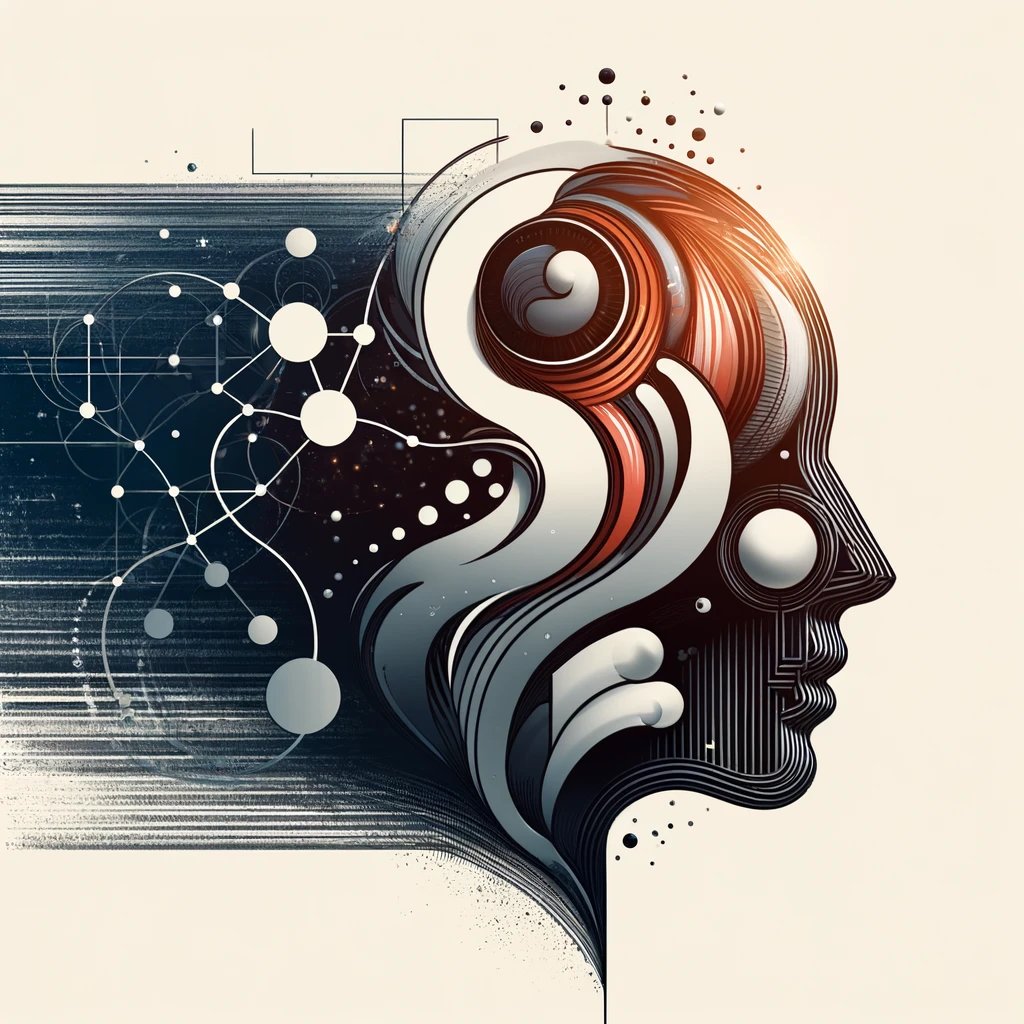



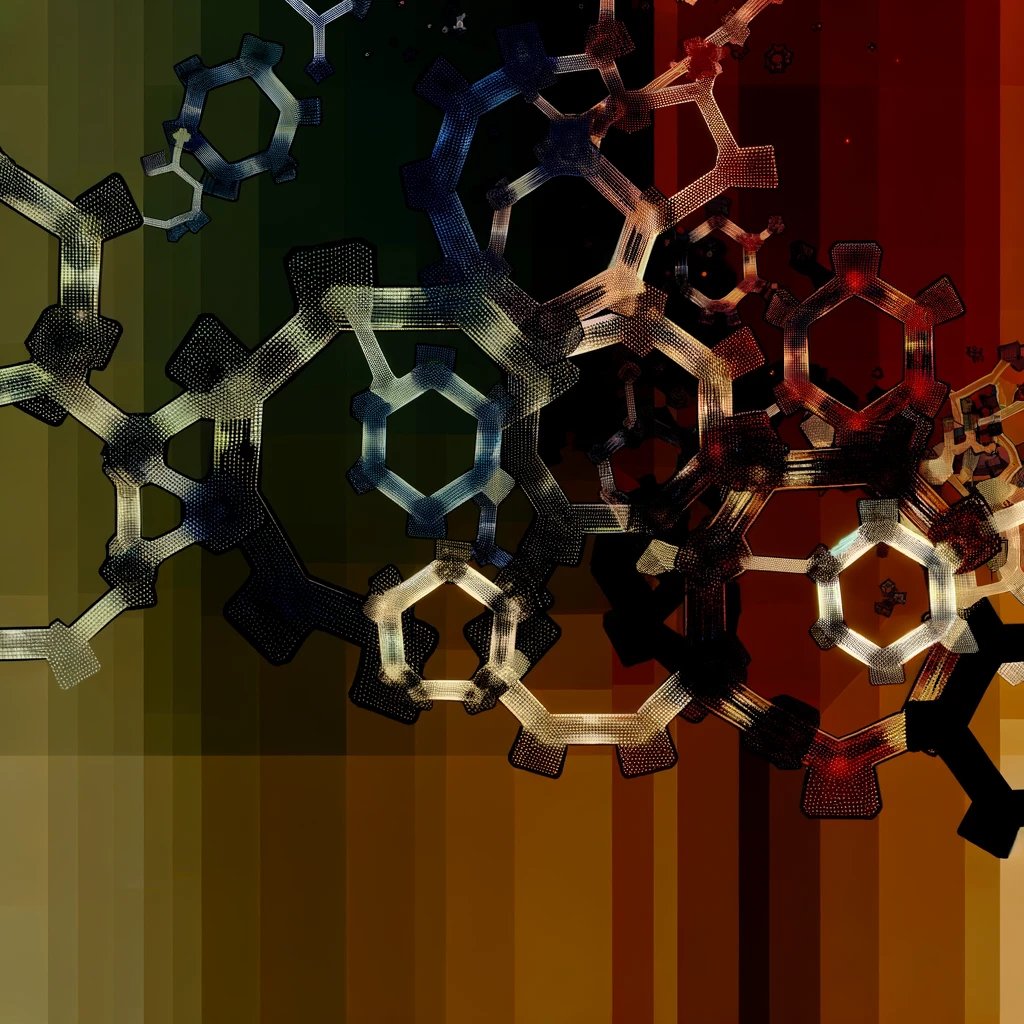



































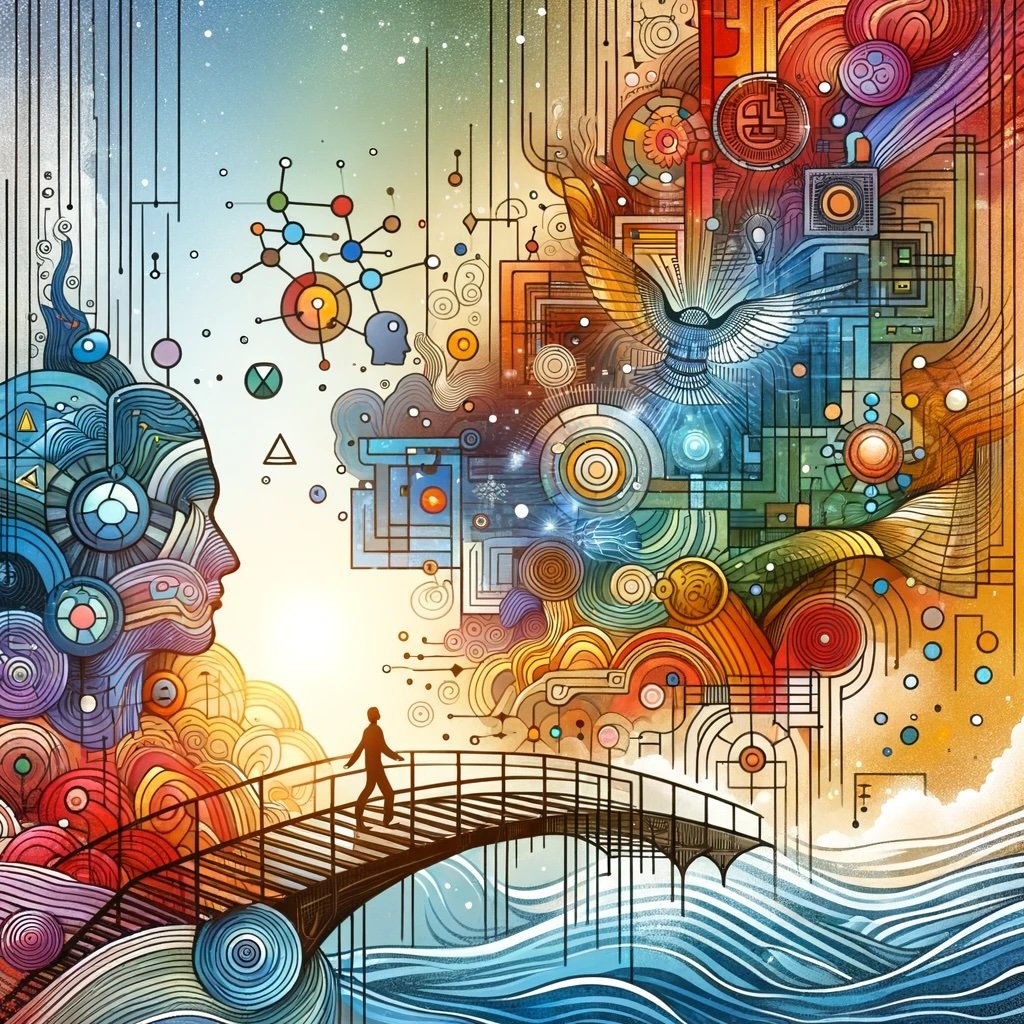














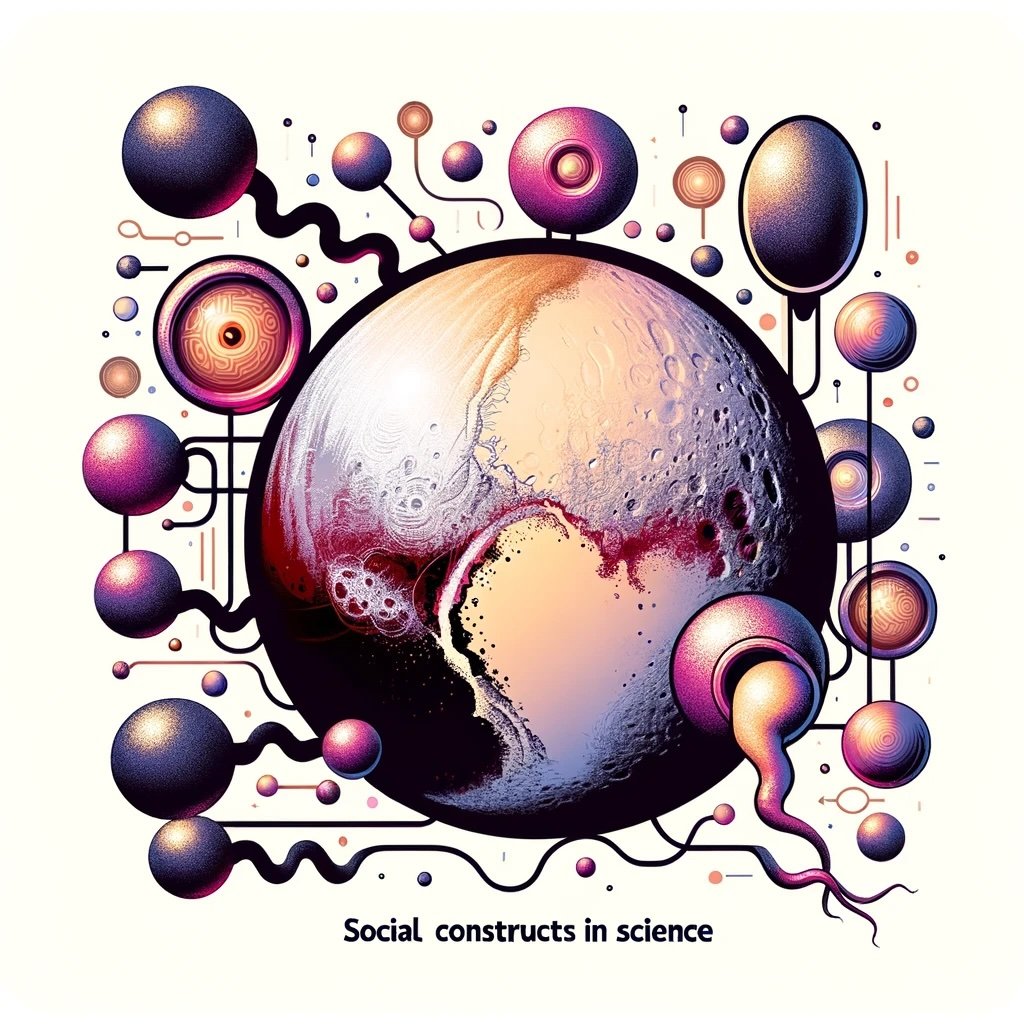
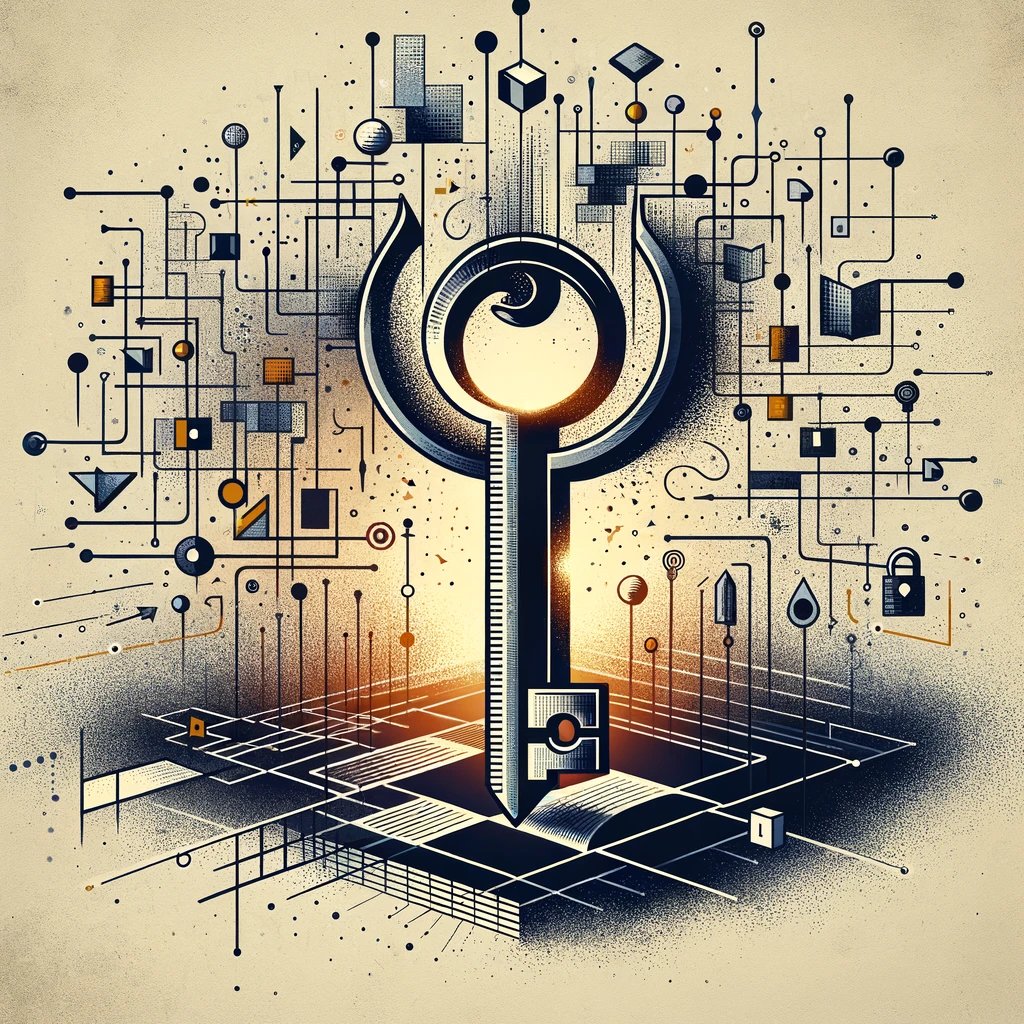










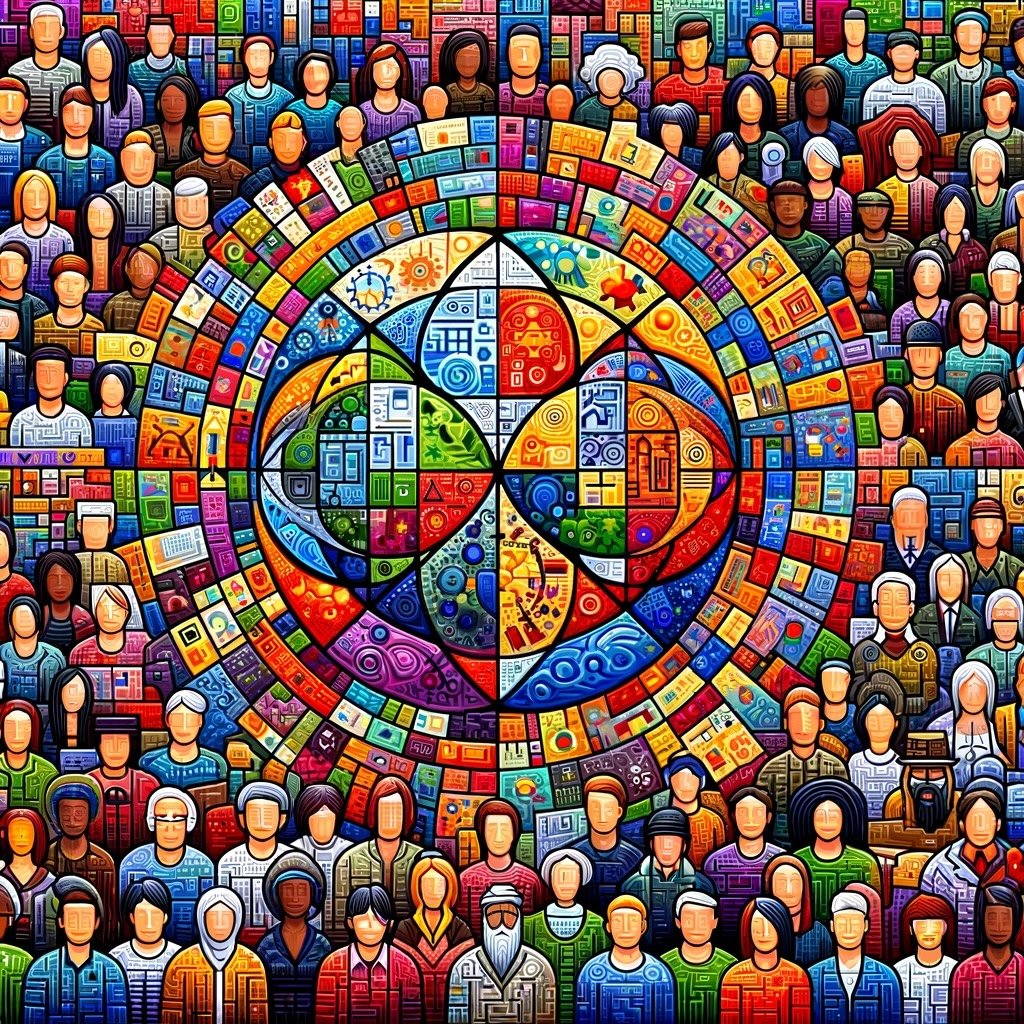


Examining the ways populism exploits incoherence and bad logic to make truth irrelevant, and the dangers this poses to political discourse.